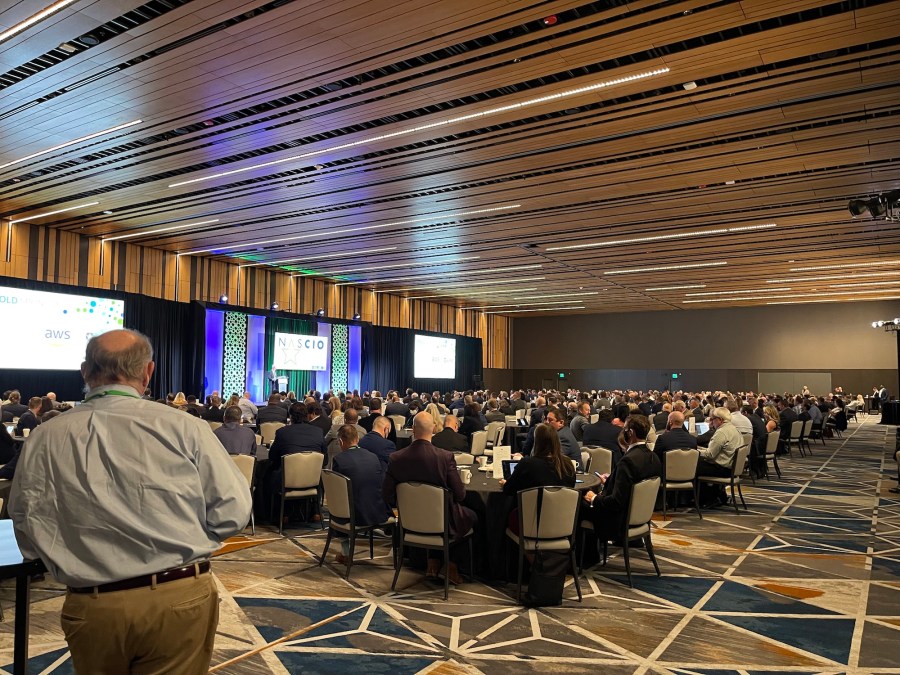There’s ‘no going back’ to pre-pandemic business, NASCIO says

Many of the changes that the COVID-19 pandemic brought to states’ IT governance last year are likely to become permanent features, according to a new annual survey issued by the National Association of State Chief Information Officers. Remote or hybrid work environments, rapid development of new technologies and increased citizen demand for digital services all rated as leading trends for state CIOs.
“Many CIOs commented that the technologies implemented throughout the pandemic represent an inflection point as to whether these advances will be temporary or are here to stay,” the survey report reads. “For CIOs, there is no going back to pre-pandemic business models.”
Of the 49 NASCIO members who replied to the survey, 94% said the pandemic had either “somewhat” or “dramatically” increased the demand for digital government services. While the public-health emergency has cooled somewhat over the course of the year, citizens’ growing expectations that their state governments be accessible online has prompted a surge in development, with one CIO telling the survey they oversaw “10 years worth of deployments in eight months.”
“One of the things the private sector has valued but the public sector hasn’t is speed to market,” said Graeme Finley, a principal at the consulting firm Grant Thornton, which, along with CompTIA, conducted the survey with NASCIO. “What’s not going to change is the expectation of what should be online and what is online. There’s customer demand that has to be met.”
The survey, which was released at NASCIO’s annual conference in Seattle — the group’s first in-person gathering since 2019 — also confirmed that most state governments have permanently adopted remote and hybrid workplace models, with little expectation of ever going back to having every employee in a physical office. Expanded remote-work options ranked second when CIOs were asked which COVID-era business process will remain after the pandemic recedes, while increased focus on digital services was the top prediction. (Remote work was No. 1 in the 2020 survey, followed closely by workplace-collaboration software and digital services.)
The expanded attention paid to digital services and user experience has brought a few knock-on effects, Finley said. One is a growing interest in the use of low-code and no-code development tools, which emerged in the pandemic’s early days as convenient tools to implement services with minimal programming work.
Another is a dramatic uptick in the number of states developing single-sign-on programs for government workers and digital-identity platforms for residents. Sixty percent of CIOs said they’ve partially implemented enterprisewide identity management programs, with 13% saying they’ve done it completely and another 20% planning to do so. Meanwhile, 49% percent of CIOs said they’ve partially implemented a citizen-facing digital ID, with 27% planning to build one, though 18% said they have no plans for such a program.
The growth in identity and access management is coupled with growing worries about cybersecurity as more government work than ever is conducted online, the survey found. The expansion of enterprise identity programs was named by 83% of CIOs as a leading cybersecurity prediction over the next few years.
“In order to deliver a good customer experience, you’ve got to make it easier for them,” Finley said. “But you need to build in a greater level of protection.”






